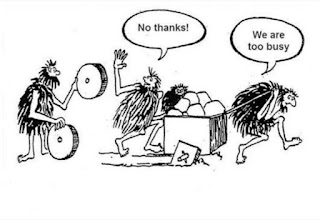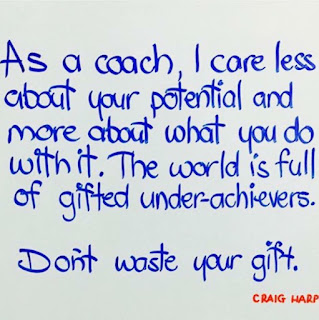Dan Dan the Scrum Master man strikes again! First off, you should celebrate the fact that you’ve created a safe enough space for a bitch session. I’ll take a bitch session any day over an everything’s fine session. Remember, the job of a Scrum Master is to create the container; the team creates the content. You did not create the underlying issues the team is complaining about, unless they are complaining about you, which is entirely possible but I have a hunch is not the situation you are dealing with. If that is going on, celebrate twice because not only does your team feel safe, they feel safe enough around you to complain about you. When I hold retrospectives, my number one priority is creating the safety for team members to share openly and honestly with one another. To do this, I employ set the stage type activities and pay close attention to my body language and the manner in which I am participating throughout the meeting. Contrary to popular belief, a
























